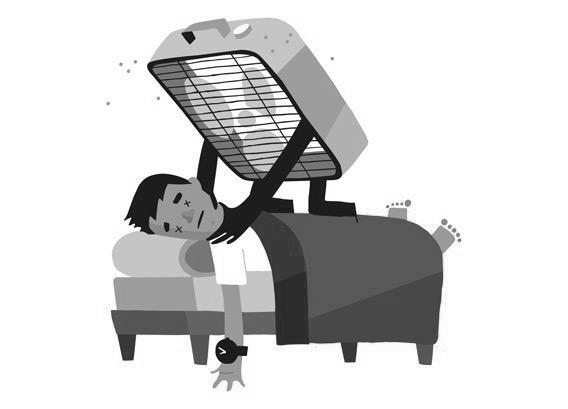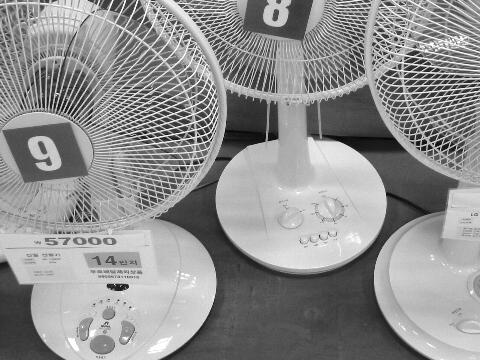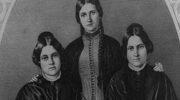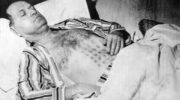The myth of «Korean fan death» is an urban legend that persists to this day. Developed by the authoritarian government in the 1970s, the ruse was designed to scare people into turning off their fans at night. Today, the fear is mainly rooted in the fact that Korea has a low energy consumption rate. Despite the dangers of using fans at night, it still remains an important topic in the country.
The first reports of fan death date back to the 1970s, when the country was suffering from high energy costs. The government may have spread the rumor to prevent residents from using their electric fans at night. While the exact cause of fan death is not known, it is believed that prolonged contact with a blowing air-conditioner could result in carbon dioxide poisoning and a lack of oxygen. As a result, the Korean government has been trying to reduce energy costs by banning fans.

The theory behind korean fan death is not very clear. Some believe that the Korean government created this myth to protect the public. reality, the cause of fan death is not known. But a lot of people, particularly those in Korea, believe that the deaths are the result of hypothermia, as well as a cold. However, despite the ambiguous motives of the Korean government, the deaths are still tragic.
Fortunately, the death of a fan has been prevented through several steps. The most effective way is to wear a mask. The safety of a mask is vital when wearing a mask. While it may be counter-intuitive, drinking red wine may help prevent the occurrence of fan deaths. Moreover, it is not necessary to wear a helmet to protect yourself. A pair of ear plugs may prevent the fans from hitting the head of the victim.
The death of a fan has been reported in Korea for several years. The first death occurred in the 1970s, when energy prices were much higher and the population was suffering from energy shortages. The government’s authoritarian government may have been a factor in the occurrence of this fatality. any case, the rumor has caused widespread concern. The victims of this tragic accident are often the elderly and those with breathing difficulties.
A fan death has been associated with a number of health risks, including pulmonary embolism, heart attack, and stroke. Luckily, there have been no fatalities in Korea since the Korean government banned electric fans in 1970. Instead, they have implemented a series of measures to protect their citizens from the deadly effects of the fan. These measures have helped to improve the health of many Koreans. The first step is to limit the use of electric fans in closed rooms.








